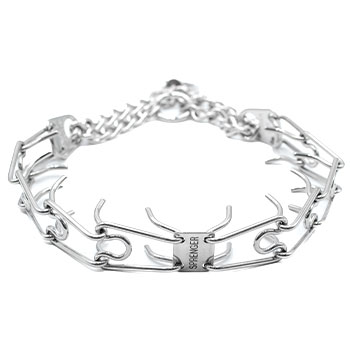February 24, 2014
Is it too late to fix the aggression and fighting that is happening between my dogs?
Full Question:
As short as possible, I have a male dog,I also have his sister, both fixed at 9 mos. When they were about a year, I brought another male puppy to our home. The males were inseparable! When the new one turned a year, they began fighting, costing more than $10,000 in vet bills in less then 2 years. Over the next couple years, they still had fights, but not as bad. We knew the signs and separated them before hand. Now, all of sudden, they are at it again, BADLY! 3X in less than 2 weeks! The oddest part off it all, after they fight (a day or so later), they spend all day licking each other's wounds. About 3 months ago, we were in a situation and had to take on a female pit(1 year.) The other day, one of our male dogs and her fought! She is an attention hog and had a lot of bad habits, which we were able to fix... but I think maybe she is the cause of them fighting, AND... WHEN THE MALES FIGHT, SHE JOINS IN! *** MY MAIN QUESTION IS: is it to late to fix the problem of them being aggressive and fighting? 
 Ed's Answer:
Ed's Answer:
I am going to be very blunt here. I don’t want to offend you but I don’t have time to sweet talk the issue.
Your problem is a people problem and not a dog problem. In other words, this is happening because YOU ALLOW it to happen because of poor management on your part. You own a dog pack and you don’t understand pack behavior and leadership. I am sure you think you do, but trust me you don’t. If you did, this wouldn't be happening.
I recently produced a short video on Management for one of our recent newsletters. It’s free to watch if you can watch streaming video on your computer. I suggest you watch it. Good management is just as important as good obedience training when it comes to living with a dog.
If you want to fix this, you can, but you're going to have to change the way you live with these dogs. You need dog crates and/or do kennels. The dogs need to be separated all the time. When out of the crate they need training. We train in a balanced reward based system. That means we begin training with markers. We use markers to train behaviors (IE sit – down – come etc). The balanced part of the equation is that once the dog 110% knows a behavior and it refuses to follow a command because of the distractions, we administer corrections. A correction is not meant to punish a dog, it is meant to change a behavior. That means it needs to be firm enough that the dog remembers the correction the next time it chooses not to follow directions. That’s where people like you fall on your face. You don’t learn when, how, or why to correct a dog properly.
You may want to consider the on-line basic obedience course we released this week. It has 150 videos in it and is a 6 week course. In my opinion it is way better than a local obedience course. It took months for me to put together.
Here is the course overview – you can watch the video of what’s in it and see the course outline.
Regards,
Ed Frawley
Your problem is a people problem and not a dog problem. In other words, this is happening because YOU ALLOW it to happen because of poor management on your part. You own a dog pack and you don’t understand pack behavior and leadership. I am sure you think you do, but trust me you don’t. If you did, this wouldn't be happening.
I recently produced a short video on Management for one of our recent newsletters. It’s free to watch if you can watch streaming video on your computer. I suggest you watch it. Good management is just as important as good obedience training when it comes to living with a dog.
If you want to fix this, you can, but you're going to have to change the way you live with these dogs. You need dog crates and/or do kennels. The dogs need to be separated all the time. When out of the crate they need training. We train in a balanced reward based system. That means we begin training with markers. We use markers to train behaviors (IE sit – down – come etc). The balanced part of the equation is that once the dog 110% knows a behavior and it refuses to follow a command because of the distractions, we administer corrections. A correction is not meant to punish a dog, it is meant to change a behavior. That means it needs to be firm enough that the dog remembers the correction the next time it chooses not to follow directions. That’s where people like you fall on your face. You don’t learn when, how, or why to correct a dog properly.
You may want to consider the on-line basic obedience course we released this week. It has 150 videos in it and is a 6 week course. In my opinion it is way better than a local obedience course. It took months for me to put together.
Here is the course overview – you can watch the video of what’s in it and see the course outline.
Regards,
Ed Frawley
97% (28 out of 29)
respondents found this answer helpful


Can't find what you're looking for?








